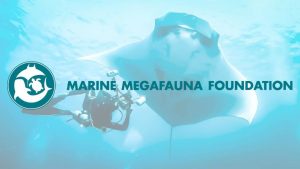Manta Point Nusa Penida
Manta Point Nusa Penida, If there are creatures in the Ocean that can be considered majestic and enigmatic, it is manta rays. In the past, very little was known about these creatures, but recently, discoveries have brought to light the fact that there are 2 distinct species. There are reef mantas, scientifically known as Manta Alfredi, and there are Oceanic or Giant Mantas, scientifically known as Manta Birostris. The smaller ones are the reef mantas and they have pectoral fins spanning some 5.5 meters. The larger oceanic mantas have pectoral fins spanning 7.5 meters. On their underside, manta rays have what is known as ‘spot patterns.’ These are unique patterns that can identify each unique animal much like fingerprints identify humans.
Manta rays what they do
Manta rays are harmless and they can be spotted around Indonesia with ease. However, the most sighted rays are the reef mantas since they do not migrate. They tend to live in large populations in a particular area where they feed and clean. Nusa Penida is one such location. Here, they can easily be located by the locals so that you can get to see one for yourself. Manta Point Nusa Penida is one of the best locations to dive and see manta rays feeding. You may also be lucky enough to see a mating train of mantas. From time to time, giant rays pass through here too making Manta Point Nusa Penida one of the best places to dive in Bali.
Manta Point as research center
Manta Point at Nusa Penida is also the perfect spot for research. On Nusa Lembongan we have the Marine Mega Fauna Foundation research center who do a lot of research our “house reef manta’s”. Because of this beautiful research team we learn more and more about our Manta’s at Manta Point Nusa Penida.
Reef mantas feed on plankton and they use their cephalic fins to feed. These two fins are the ones spiraling down the front of its head. They make the manta very efficient when it comes to feeding because they tend to move independently. This helps the flow of plankton towards the mouth since they are moved to direct plankton to the mouth and maximize efficiency. If the particular feeding area has a lot of plankton, they tend to turn somersaults in order to stay in one place and still collect large amounts of plankton while only dispersing as little as possible.
In support of their continuing research Scuba Center Asia adopted their own Manta!
Manta Point Nusa Penida scuba diving Scuba Center Asia
Anybody going to Bali for a visit should most definitely consider heading out to Manta Point. If you dive, you can be sure that nothing beats seeing these enormous rays in a group gliding and swooping above your head. Bring your camera and take some underwater pictures. You can be sure that this will be the event of a lifetime, something to tick off your bucket list. Ready to see the Manta? Come and diving in Nusa Penida with Scuba Center Asia!




